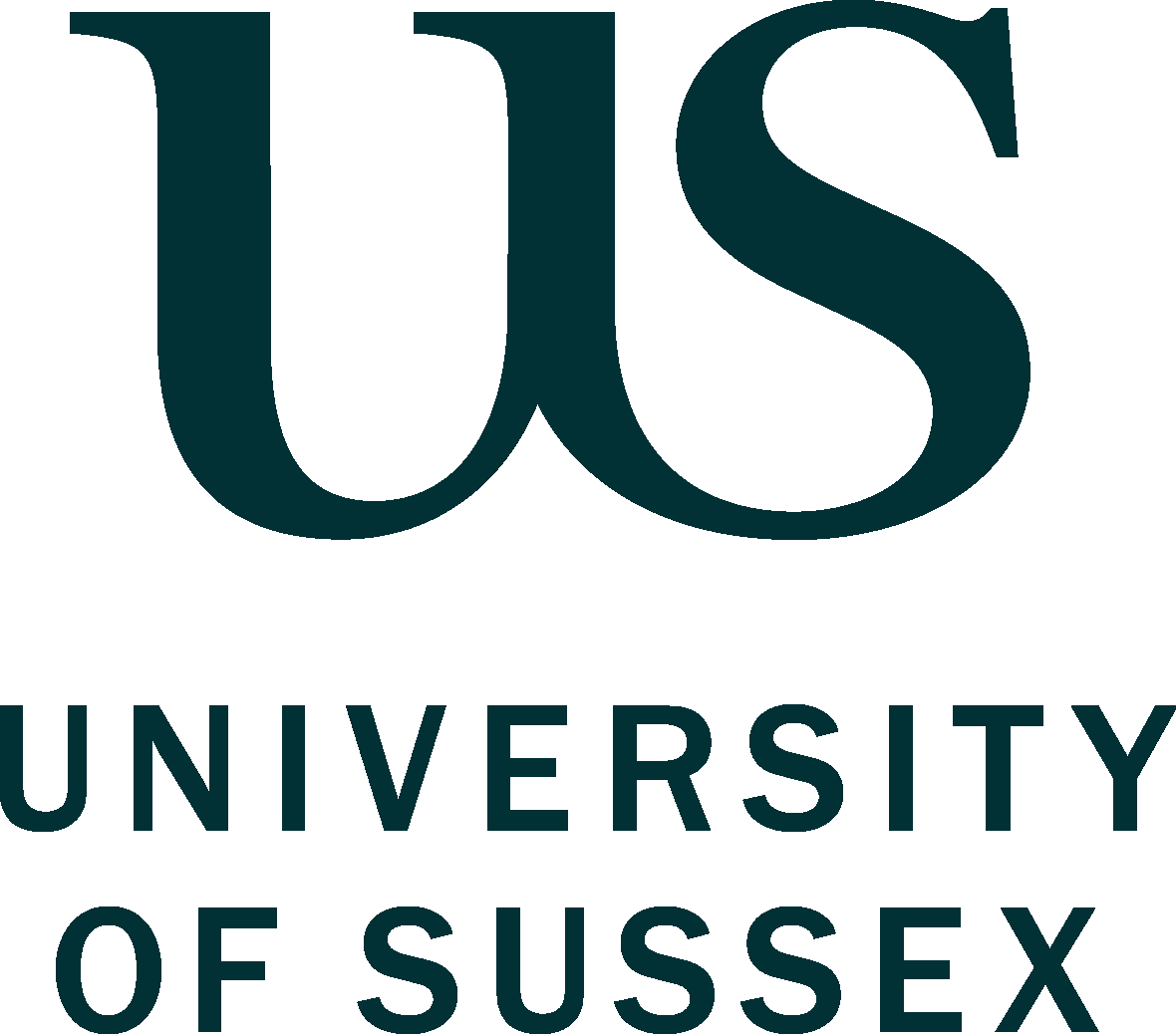The ‘Reflective Elevator Pitch’
Dr Samuel Saunders
What is the idea?
A ‘Reflective Elevator Pitch’ is a short activity designed to act as either a formative or summative assessment, which requires students to consolidate a piece of work they have already completed and reformat it into a short, five-minute orally-delivered ‘pitch’ that summarises the work and identifies its key arguments, strengths, and discussion points. Rather than the traditional ‘elevator pitch’ that asks participants to think ahead to a new project that has potential but which has not yet been completed, a reflective elevator pitch asks participants to think about something they have already done and to reformat it into a new, easily digested dimension. This improves students’ understanding of the content, demonstrates (and enhances) their ability to reconceptualise it, and improves their capacity to reformat and deliver tailored material to specific audiences.
Why this idea?
A particularly contentious issue in assessment in UK higher education, despite extensive study in scholarly literature, is the construction and use of feedback (Winstone & Carless, 2019, p. xii). Both staff and students often find this difficult: on one hand, staff frequently feel frustrated with the fact that they are putting a great deal of time, effort and energy into something that students often simply dismiss, while on the other, students often contend that the feedback they receive on their hard-completed work is unhelpful, generic and irrelevant to future work (Henderson et al., 2019, p. 1237). Even within scholarly literature, there remains substantial disagreement regarding what actually constitutes ‘best practice’ in the feedback process; some feel that we should focus on the quality of feedback provided, others feel that we should focus on those involved in the process itself (namely staff and students), and still others feel that we should focus on the attributes that the feedback itself is designed to develop in the students (Henderson et al., 2019, p. 1237-1238).
However, since the early 2010s, discourse in academic literature has, at least, helpfully shifted towards a generally-accepted consensus that ‘feedback’ is an active process that can be ‘actioned’, rather than passively ‘received’, by students (Dawson et al, 2018, pp. 25-26). Both students and staff must therefore consciously engage with the feedback process if it is to truly make a positive difference: staff must provide students with feedback that both reflects on the completed work and links into a subsequent opportunity for its active re-use, so that students can demonstrate mastery of a concept, technique or idea post-feedback. Students, meanwhile, must engage with the feedback and actually account for it in their later work. A student-centred approach to feedback, such as that purported by David Carless and David Boud in 2018 in a study that explored students’ feedback literacy, is correct: for feedback to make a positive difference to students’ attainment, they must first understand and acknowledge the feedback they have received (Carless & Boud, 2018).
The largest issue even with student-centred feedback, however, remains the disconnection between staff and students throughout the feedback process. Staff often mark work and provide feedback to students in written comments, which students then collect (either physically or digitally) to absorb at their leisure. It is infrequent, bordering on rare, that staff and students will come face-to-face to discuss completed work, in a discursive forum that works through the comments or piece of work and allows understanding between the two parties to flow freely.
The ‘reflective elevator pitch’ is designed to alleviate this issue, by providing a forum for students to self-reflect on their work, allowing students to actively use their feedback in both constructing their pitch and delivering it, and giving students an opportunity to demonstrate exactly how they have taken their feedback into account to their tutors. It is, in essence, a route into the feedback/feedforward ‘process’ for students, encouraging them (or, if used as a mandatory assessment, forcing them) to reflect on their completed work and reconceptualise it using their feedback in an active process.
How could others implement this idea?
The ‘reflective elevator pitch’ is a relatively easy exercise to set up:
Identify a module, course or discipline where students already complete a longer piece of work that has a number of different dimensions or questions that need to be answered. This could be, for example, an extended essay, a research project, or other long-form assignment that has a substantial weighting attached to it.
Place a ‘reflective elevator pitch’ activity onto the same course after the long-form assignment has already been completed. This can take the form of either a formative activity that takes place in lieu of a formal class, or a summative second assignment with a necessarily-lighter weighting (say, 30% vs. 70% for the original piece of work). The latter option of a summative assignment is more likely to encourage students’ participation, but may have more administrative hurdles to overcome.
Ensure that the pitch is placed a sufficient distance from the first assignment: if it is placed too soon after it, students will not have had the time to properly engage with the feedback and rework the assignment into the pitch. Conversely, if it is placed too far, students may lose focus on the piece of work they are revisiting as they will simply have moved on.
Set up 10-minute appointments for students to attend, organised however you wish (alphabetically works well). 10-minute slots are optimal to allow for set-up and take-down time, particularly if students have presentations to share. See students one at a time, invite them to deliver their pitch, note the strengths and weaknesses on a pre-designed form, thank the student, and dismiss them.
It is good practice to have two members of staff on the ‘panel’ for the pitch: the module tutor (naturally), and an ‘external’ member of staff with whom the students are unfamiliar. This could take the form of the second marker for the exam, or any member of staff with sufficient distance from the course. This is to ensure that students will focus on reworking their ideas into a format that a ‘lay-person’ can understand.
Follow the pitch up with a mark/comments or other feedback format as you see fit. Do remember that this exercise is designed to constitute engagement with/active consolidation of feedback itself, and thus feedback at this stage can, and perhaps should, be necessarily limited.
Transferability to different contexts
The assessment method is surprisingly relevant to most disciplinary contexts, as almost every discipline will include at least one longer piece of work where students have been required to think conceptually, answer complex questions and/or perform a piece of primary research – even if this is a dissertation at the final stage of a course. Perhaps the most helpful aspect of this exercise is that it is discipline-less, designed to allow students of any subject a chance to rethink something that they have completed and ‘pitch’ it to their examiner(s) in a digestible, understandable format.
However, there are also excellent uses for this exercise outside of teaching at HE – it can also be used for CPD exercises and staff development activities, as a research-sharing exercise at conferences or symposia (should staff be organising or delivering material in this forum), as a recruitment exercise at assessment centres or interviews, as a progress-sharing activity for doctoral students or research-masters students, or even as a simple personal development exercise on an individual level. Indeed, when used introspectively in a personal context, rewriting a piece of work into a five-minute pitch can help break through mental barriers, and ensure that your material is easily-understood, concise and has an understandable argument.
References
Carless, D., & Boud, D. (2018). The development of student feedback literacy: Enabling uptake of feedback. Assessment and Evaluation in Higher Education, 43(8), 1315-1325. https://doi.org/10.1080/02602938.2018.1463354
Dawson, P., Henderson, M., Mahoney, P., Phillips, M., Ryan, T., Boud, D., & Molloy, E. (2018). What makes for effective feedback: Staff and student perspectives. Assessment and Evaluation in Higher Education, 44(1), 25-36. https://doi.org/10.1080/02602938.2018.1467877
Henderson, M., Ryan, T., & Phillips, M. (2019). The challenges of feedback in higher education. Assessment and Evaluation in Higher Education, 44(8), 1237-1252. https://doi.org/10.1080/02602938.2019.1599815
Winstone, N., & Carless, D. (2019). Designing effective feedback processes in higher education: A learning-focused approach. Routledge.


